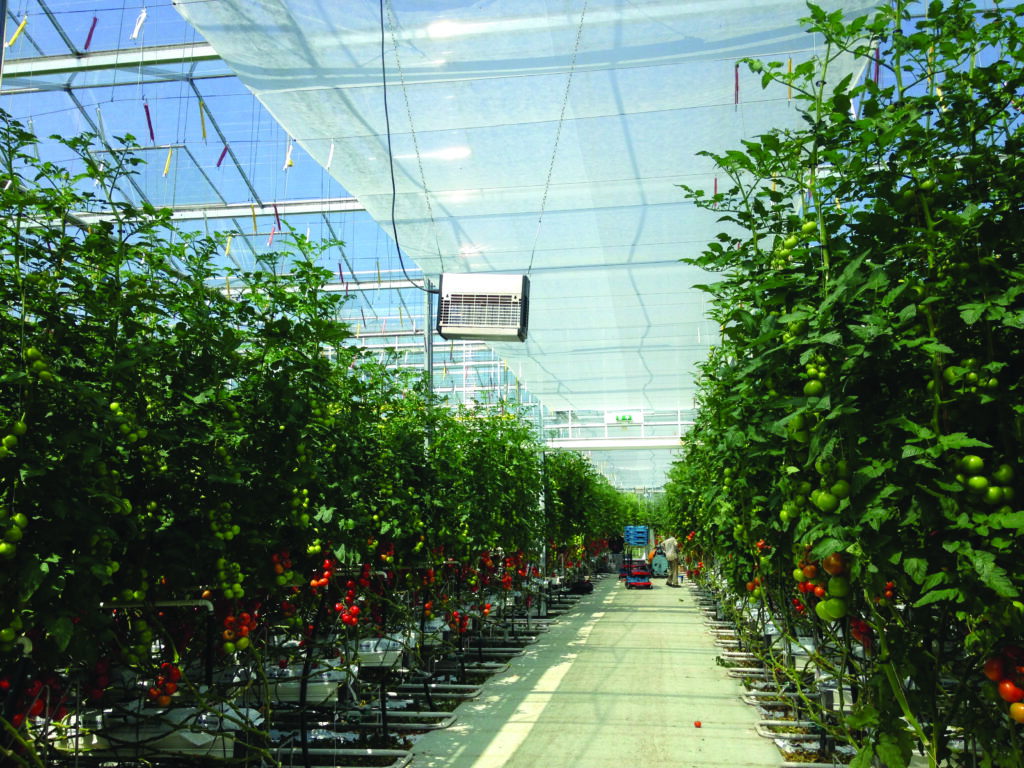Residual heat and carbon dioxide from fertilizer production are being utilised in industrial symbiosis in Dutch greenhouses.
Greenhouse horticulture is the pillar of agricultural economy of the Netherlands. Dutch greenhouses are recognized worldwide for their innovation, resource efficiency, and their ability to supply premium horticultural products all year round. Energy use, however, is a major challenge and accounts for some 30% of total operating costs.
Residual heat and carbon dioxide from ammonia operations from fertilizer manufacturing were once considered as waste. However, the use of available
residual heat from neighbouring industries is a promising option to reduce energy costs. This type of industrial symbiosis can be realized using a pipeline network that supplies residual heat and carbon dioxide and by-products from an adjacent ammonia manufacturing plant to the neighbouring greenhouses.
In the Netherlands
60 kilotons (kT) of carbon dioxide from fertilizer production are used annually in horticulture
residual heat from fertilizers plants avoids the emission of 135 kT of carbon dioxide annually.
It is a successful example of industrial symbiosis on a large scale that implements benefits to the environment, horticulture, and the fertilizer industry in spite of significant challenges and costs.
Unleashing the full potential of Circular Economy
For Europe to achieve climate-neutrality by 2050, production systems need to transition from linear to circular. While the European fertilizer industry is already recycling a wide range of by-products and uses surplus energy and raw materials deriving from other production processes, the full potential of the circular economy and industrial symbiosis is far from being reached. New policies and R&D&I programmes should incentivize circular thinking to ensure further optimisation of resource use, closing material loops, and minimizing environmental impacts.
 Greenhouse in the Netherlands using CO2 from a neighboring ammonia plant.
Greenhouse in the Netherlands using CO2 from a neighboring ammonia plant.